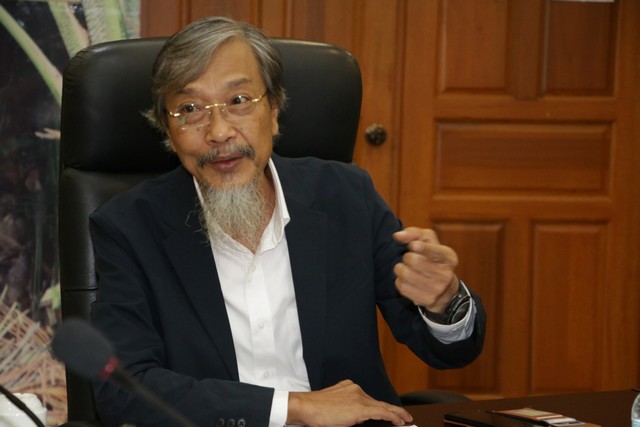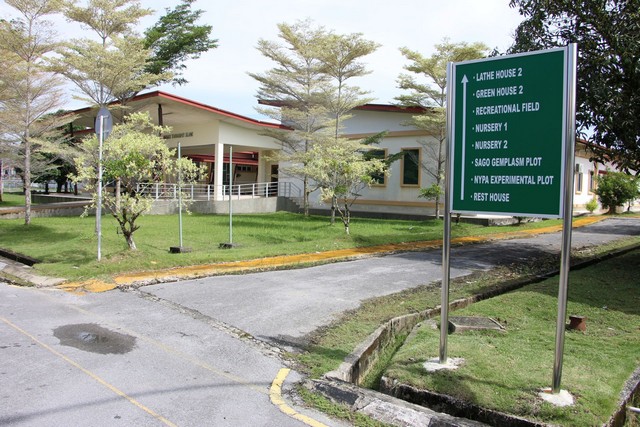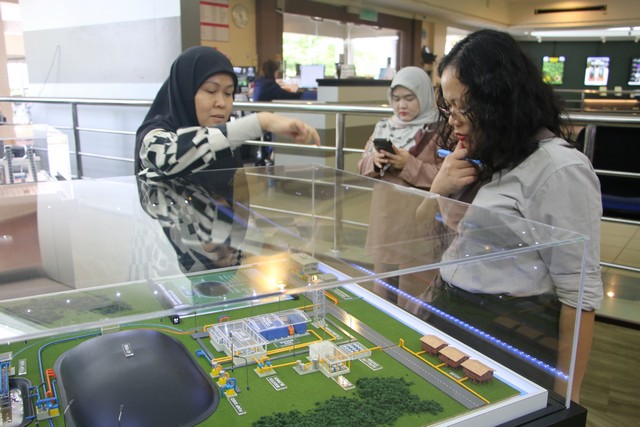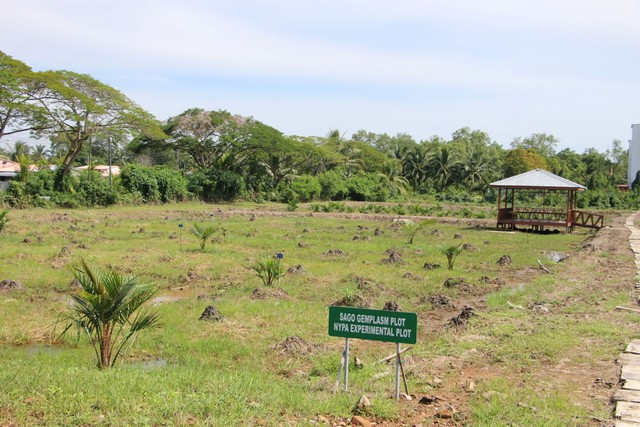RAKAN Sarawak had the opportunity to visit the headquarters of CRAUN Research Sdn Bhd (CRAUN) in Kuching, as part of a series of stories on research and development (R&D) and its impact on socio-economic progress in Sarawak.
CRAUN is unique in that since its establishment in 1993, it has been instrumental in R&D activities on Sarawak’s sago industry as well as other underutilised crops with commercial potential.
The R&D organisation is currently led by its chief executive officer Tuan Haji Zaidell bin Haji Hussaini, who explained that sago is the third most important agricultural commodity in Sarawak after oil palm and pepper.

Yet cultivating sago palms at a large scale poses numerous challenges, given that one plant usually takes 10 to 12 years to reach its mature size, and harvesting them involves cutting them into pieces or logs (unlike oil palm and pepper, which generally require collecting their fruits).
These challenges include low productivity and value chain; lack of basic plantation infrastructure; laborious post-harvest activities; an ageing workforce; low and inconsistent pricing of sago logs; as well as as potential environmental damage caused by untreated and abandoned sago waste.

To tackle these challenges, CRAUN has been undertaking R&D programmes that focus on developing technologies and methodologies that can boost crop and processing productivity and increase the sago value chain, especially in the upstream and downstream areas of the industry.

A project that, from CRAUN’s point-of-view, aligns with Sarawak’s aspirations under the Post COVID-19 Development Strategy 2030 is the wastewater treatment pilot plant at Kampung Tabo, Mukah.
The pilot plant demonstrates an integrated approach in the recovery, treatment and utilisation of sago milling wastes as a means of conserving the environment and promoting a sustainable circular economy by converting waste into wealth for industry players.
CRAUN is also in the midst of connecting gas pipes from the plant to 147 residential and public properties at Kampung Tabo and Kampung Teh as part of a pilot project to generate biogas from sago waste, which would then be refined and distributed as cooking gas.
Communities of these participating villages are supportive of the initiative, stated Tuan Haji Zaidell. In fact, community engagement – alongside strategic collaborations with other research institutes – are extremely important for the R&D organisation to be able to advance the sago industry, especially because it is one that is dominated by smallholder farmers.
As there were many other aspects that could not be presented in detail during the visit, CRAUN welcomed RAKAN Sarawak to visit the aforementioned sustainability-driven projects, as well as its other facilities such as Sungai Talau Research Station in Dalat, Mukah, and the Nipah Research Plot at Kampung Tambak in Pusa, Betong.







